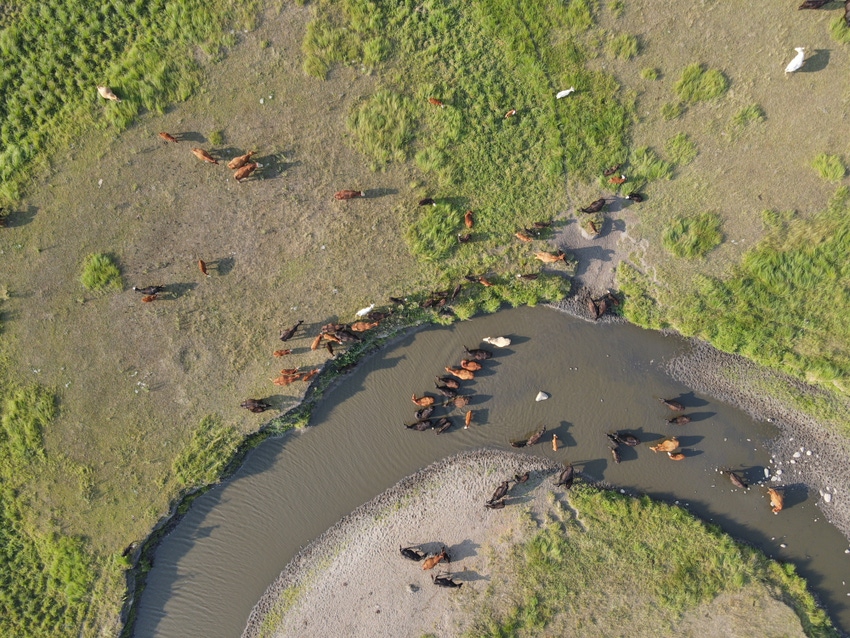What’s in store for 2024?
Peel says even higher prices are ahead as key factors at play in cattle cycle.

USDA’s “Cattle” inventory was pretty much as expected, with cattle inventories mostly down across the board, but Oklahoma State University Extension livestock marketing specialist Derrell Peel says the continued liquidation in the beef cattle industry begs the question: What happens in 2024? Do producers continue this process, or do they find a way to stabilize and think about when rebuilding could begin?
As the story unfolds, the tighter supplies will mean higher prices. This certainly was the case in 2023, and Peel suggests that the highest prices may not even emerge until 2025.
As seen in 2014 and 2015, high prices happen a year to a year and a half after herd expansion begins because that's when producers have been saving heifers, he explains. “That's when you squeeze the available supply of feeder cattle to its lowest levels, and we have not been doing that yet. So, I think the highest prices are definitely ahead of us and are probably not even going to happen in 2024. I think it might be 2025.”
Key factors at play
Peel says there are a couple key factors at play regarding when herd rebuilding may once again commence. The first is obviously weather and the ongoing drought situation and how this affects producers’ ability to grow. The other part of the equation, however, and one that Peel says was a real factor in 2023, was that producers haven't been ready to grow yet. Part of this was due to the financial stress they’ve been under.
“We had high prices in 2023, and producers told me that they needed to take advantage of it to sort of heal up financially. So, they sold nearly everything in 2023,” he says. “Having done that, they're now in somewhat better shape.”
Further, there has been continued moderation in input costs.
Peel says an improving weather and financial situation may cause producers to look the market and consider getting back in the business by retaining some heifers.
Drought situation somewhat improved
On the weather and drought situation, Peel says the key cattle areas in the center part of the country are in somewhat better shape right now, although this varies a little bit from north to south.
“At the end of 2023, some of the worst drought was actually in the Delta and Gulf States region, but that's been the case over the last three-plus years that we've had drought.”
And as pretty typical of a long-lived drought, Peel says that the drought kind of moved around the country and affected a lot of people at different times in different ways.
Going forward, meteorologists have been pretty consistent in their El Nino forecast, which means generally wetter and colder conditions in the Southern Plains The region has been getting some moisture, but Peel says it is drier and warmer than usual as you get farther north.
Still, those same meteorologists are saying that the El Nino will fade pretty quickly this spring and transition to neutral conditions.
“We could be back in La Nina by this fall. If that looks like it's happening, then that's going to really temper producers expectations about how aggressive they want be about trying to rebuild the herd.”
Producers increasingly optimistic
Producers are increasingly optimistic as a whole, obviously due to the market prices, according to Peel, but they've also been fairly cautious about acting on this in a really aggressive way.
“I think there's some very, very good reasons why that's been the case, but as we go forward, I do think it will transition to a more solid kind of optimism that will translate into a more targeted effort.”
About the Author(s)
You May Also Like




.png?width=300&auto=webp&quality=80&disable=upscale)
